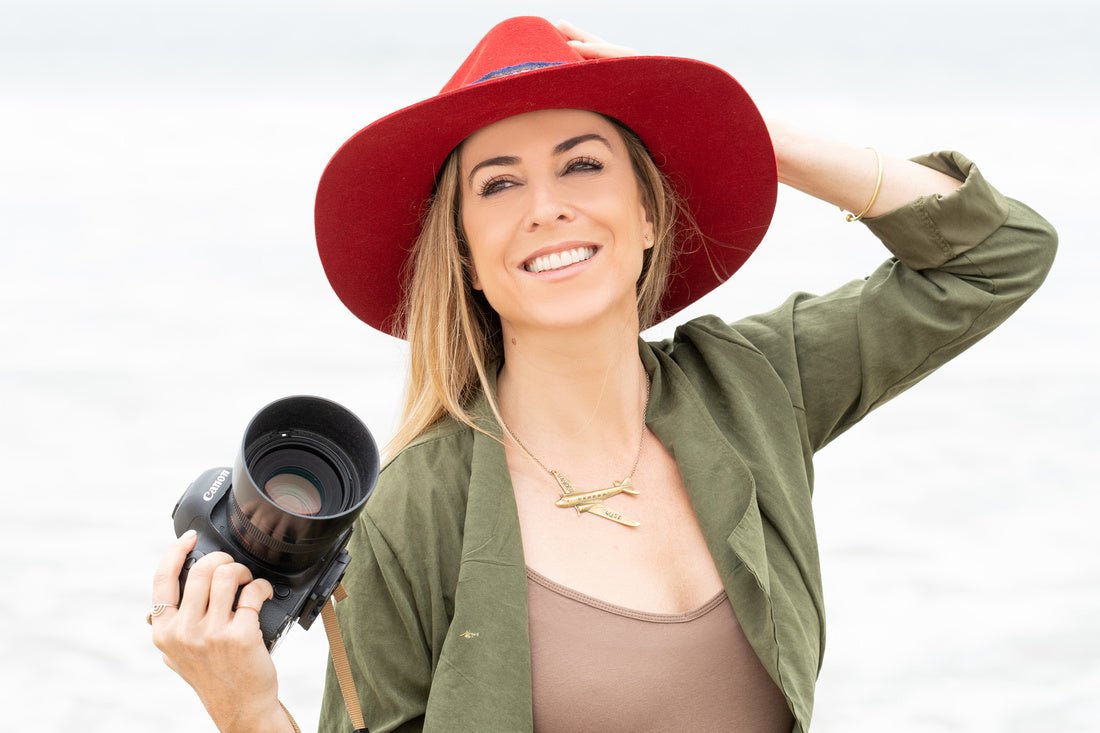The Uros Floating Islands on Lake Titicaca are man-made reed constructions in an Indigenous Quechua community.
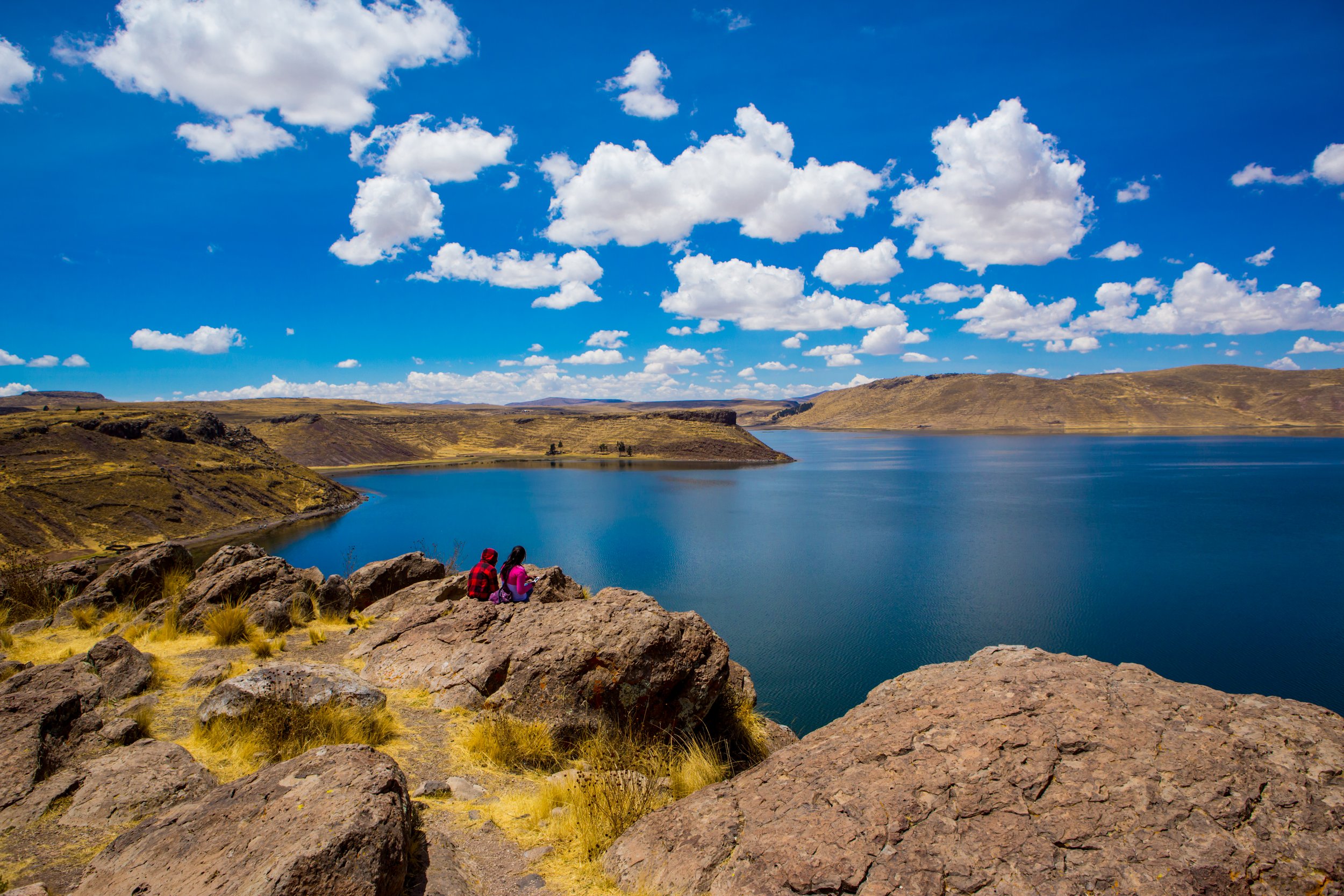

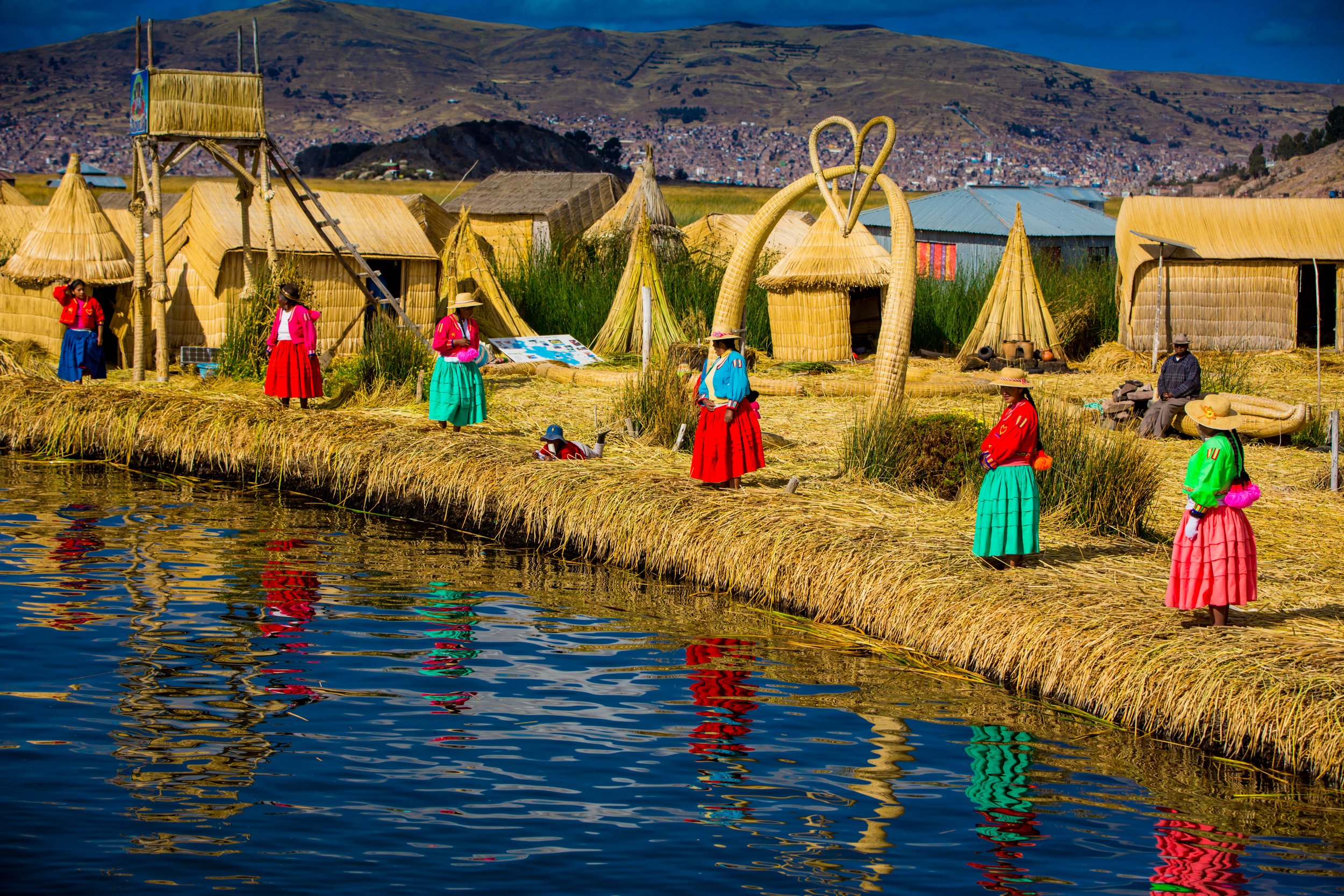

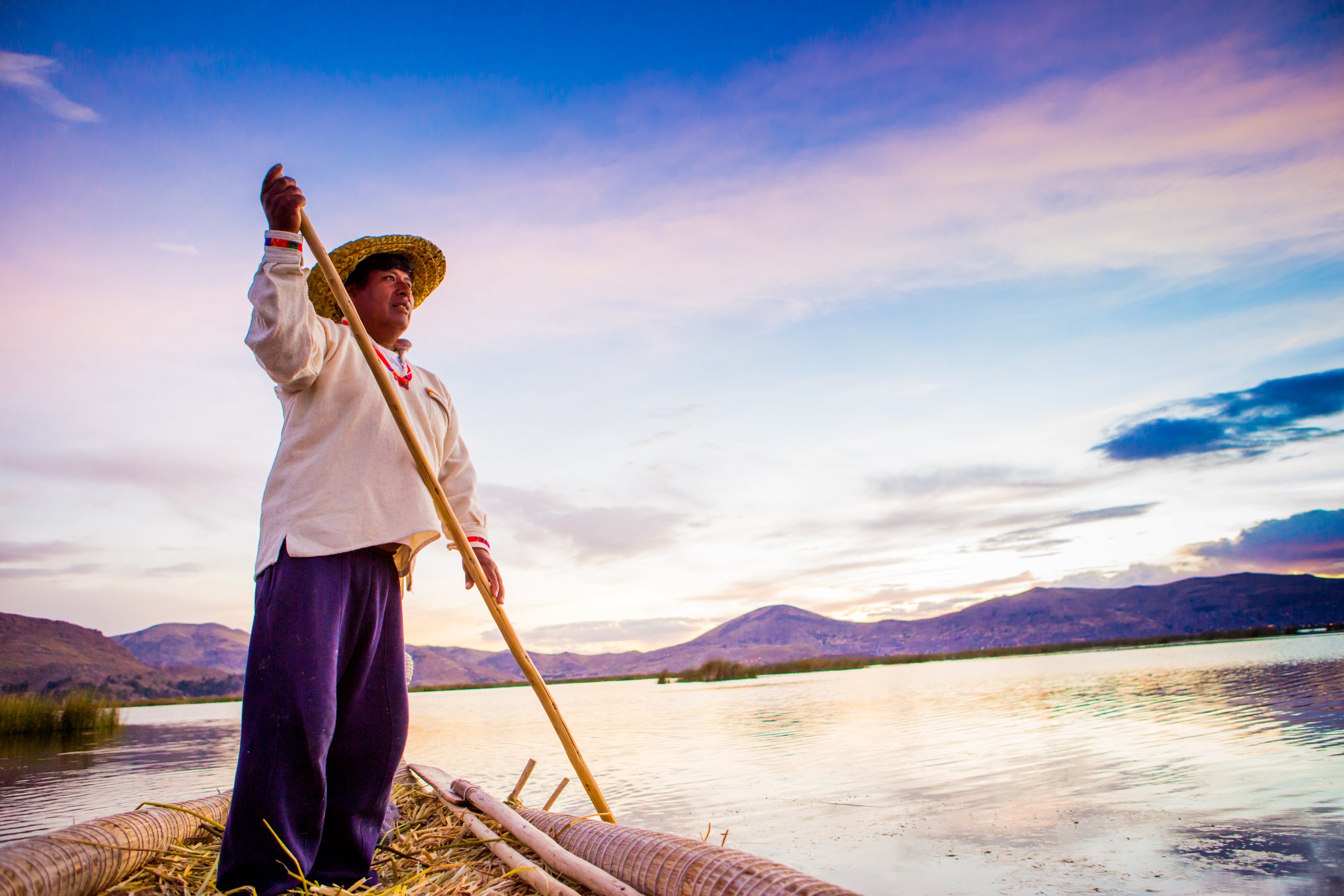
Nestled amidst the stunning Andes Mountains, Peru’s Lake Titicaca is home to an extraordinary wonder: the Uros Floating Islands. Inhabited by Quechua families, these islands provide a unique window into the remarkable ingenuity and rich cultural heritage of the Quechua people, who are Indigenous to the Andean region of South America. These islands also stand as a testament to the enduring preservation of the Quechua's traditional way of life in a remote corner of the world.
There are around 50 of these islands, crafted entirely from floating reeds. As you approach them, you'll be struck by the vibrant colors that adorn this grassy landscape, seemingly out of a fantasy world. Even the boats and homes here are constructed using the same totoro reeds that grow on the lake.
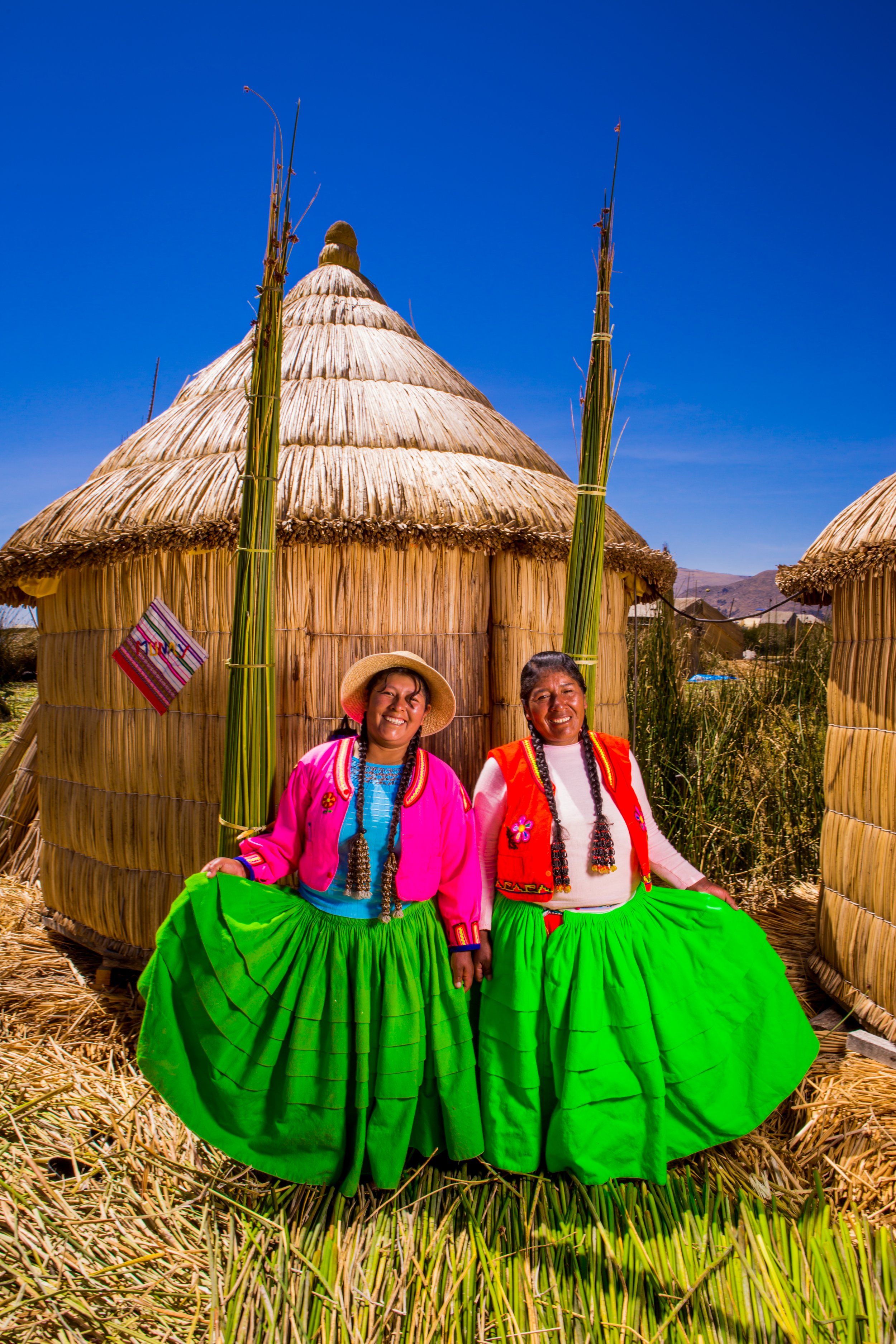
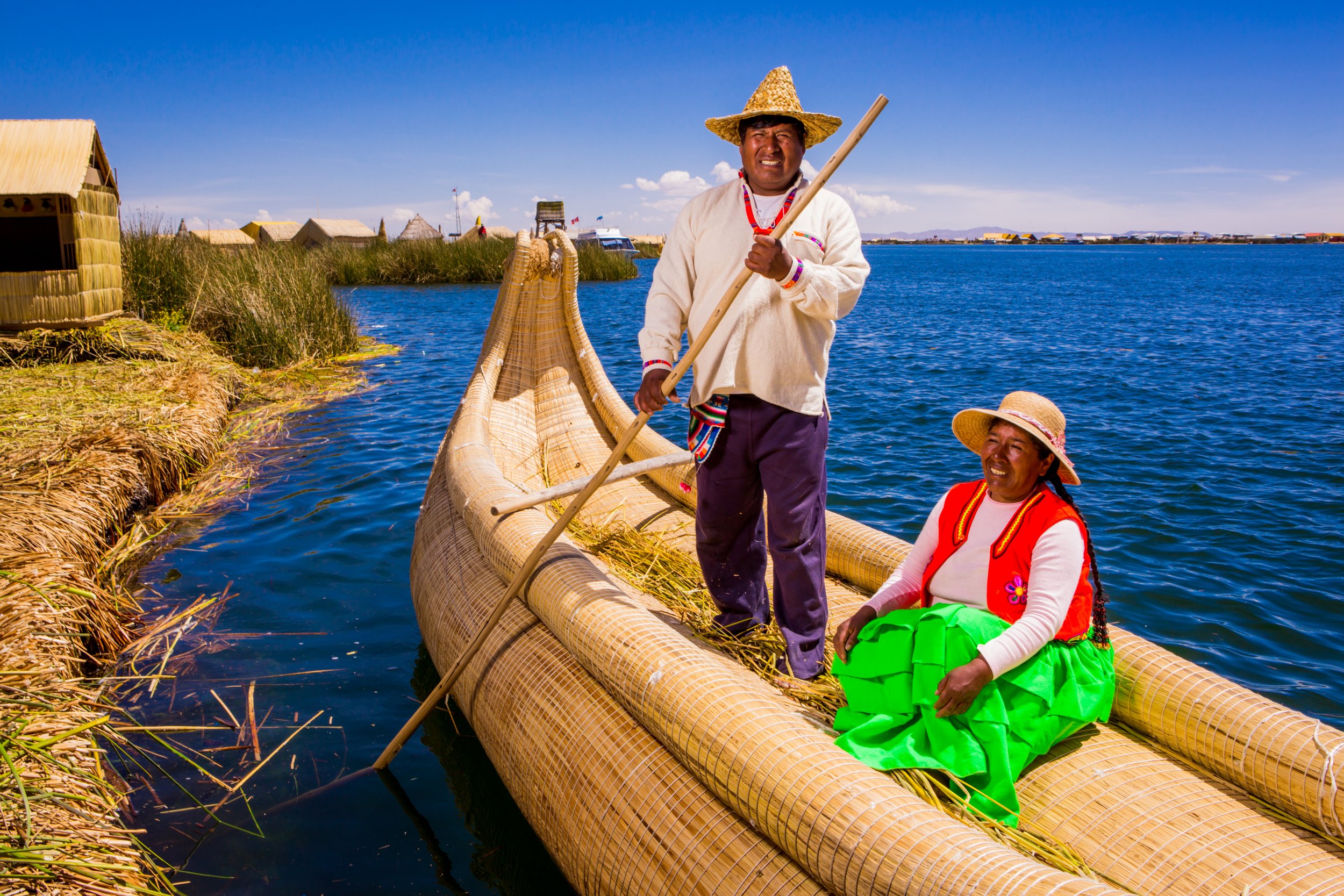
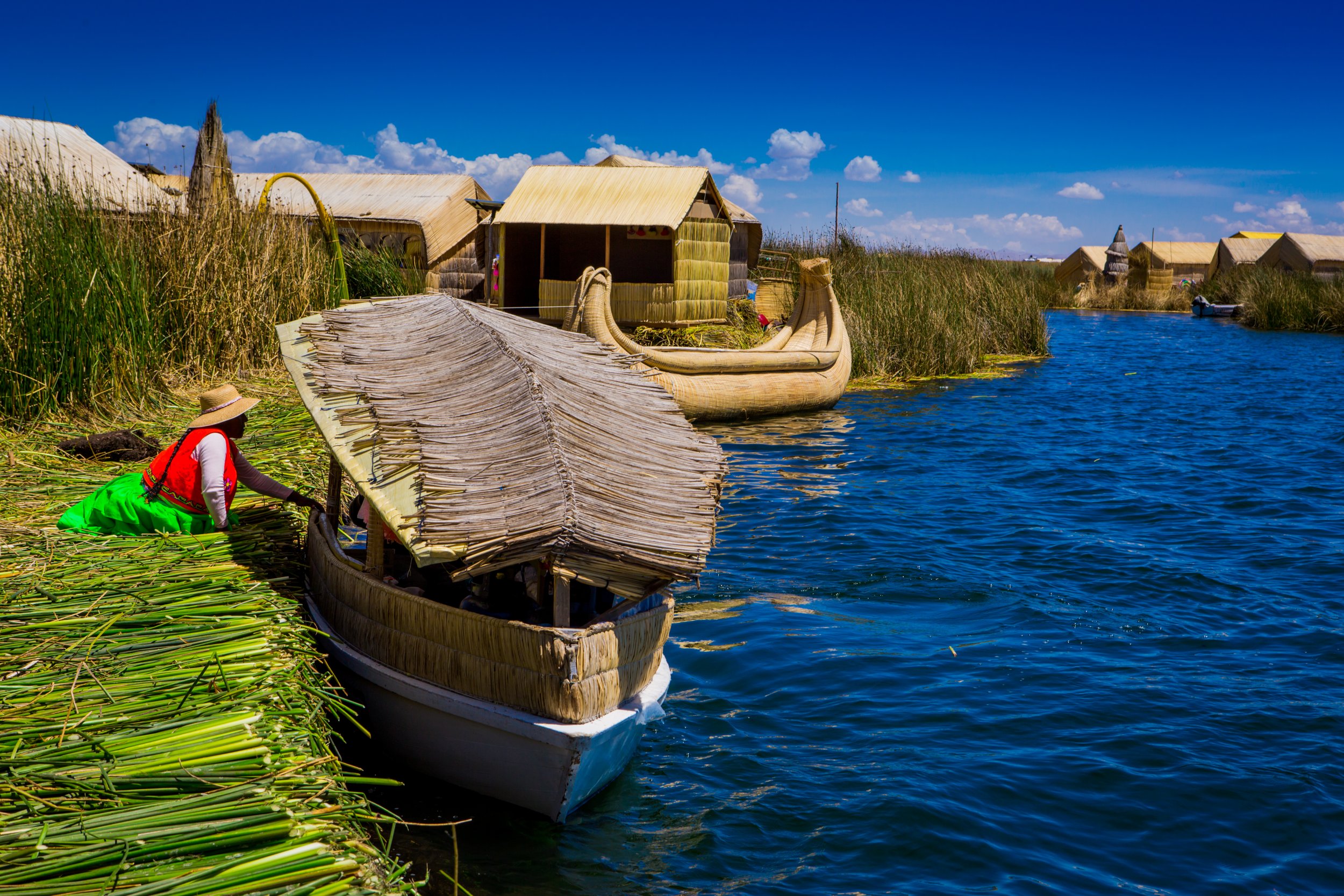
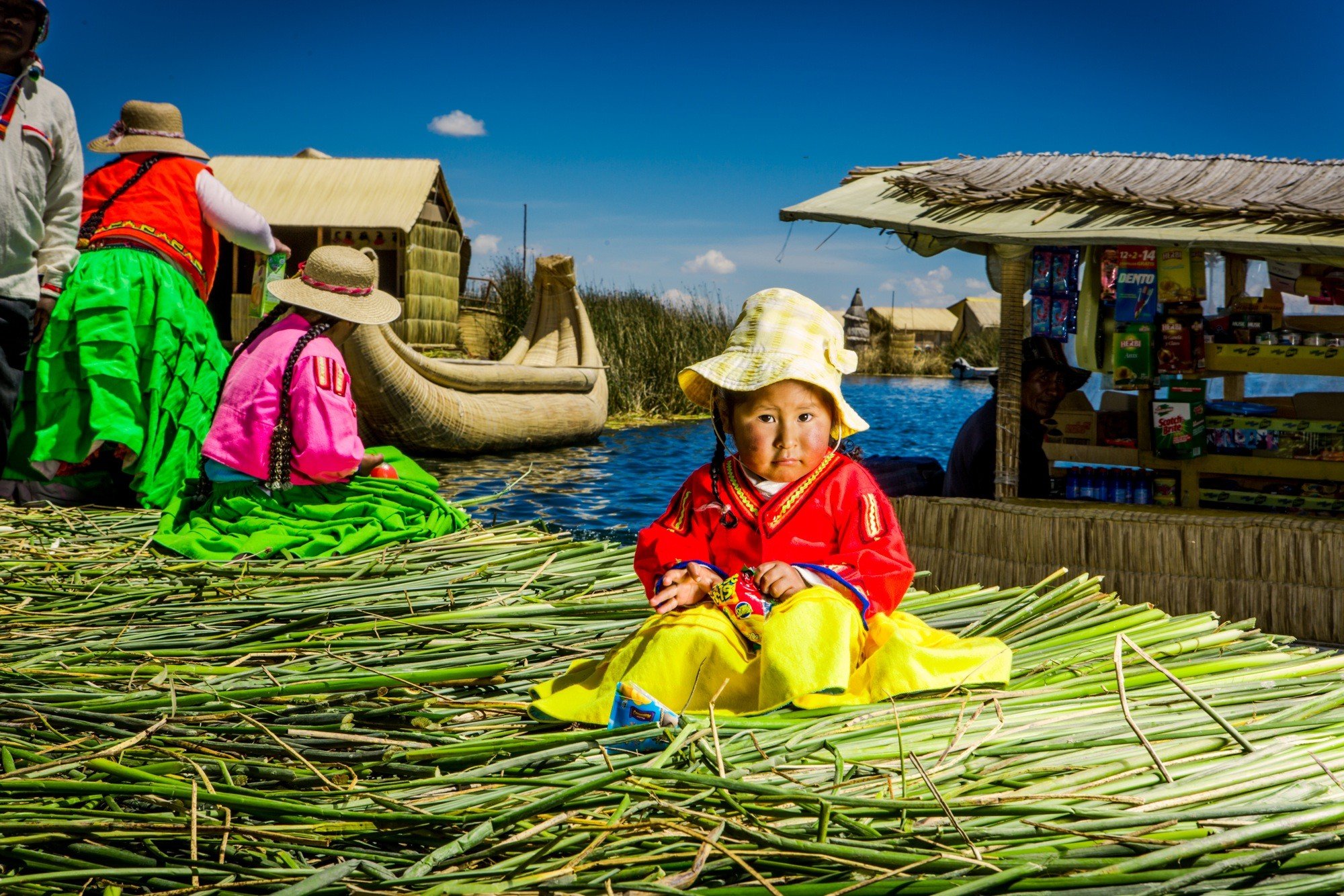

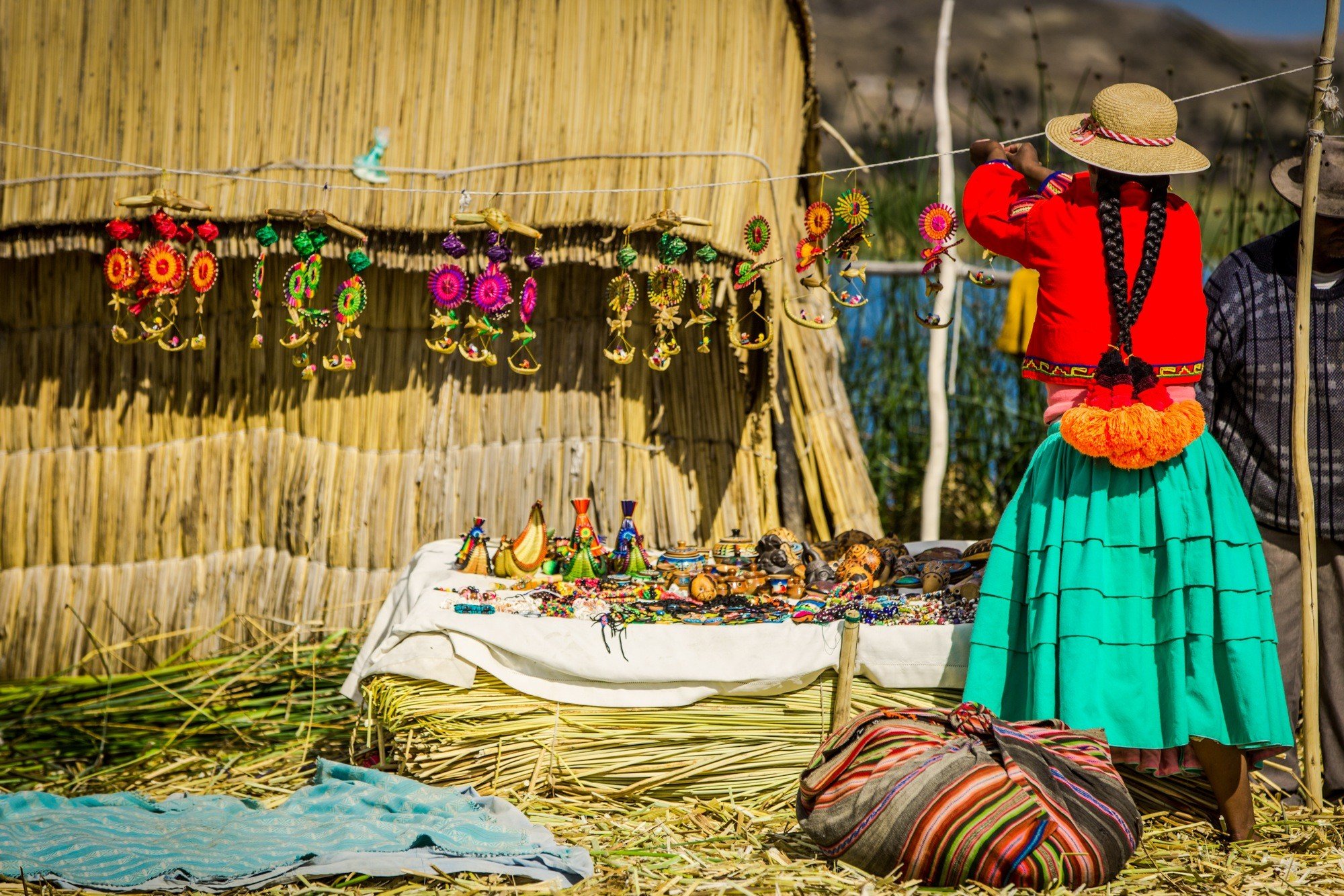

Maintaining these islands involves a lot of work. Every day there are chores to be done to prevent the islands and boats from getting soggy and sinking. Each Quechua family meticulously stacks layers of reeds on top of floating mud, connecting them with wooden stakes like a giant jigsaw puzzle. Each morning, the men set out on a quest to cut down the totoro reeds, which are tall, sturdy plants, while the women expertly arrange them across the floors of their floating homes.
The group of 50 islands that make up Uros form two rows and water traffic between them creates the illusion of a river, although it's all part of Lake Titicaca. Typically, one extended family group resides on each island, and if someone wishes to move, they literally cut and float their piece to a new location — an ingenious and somewhat surreal practice.
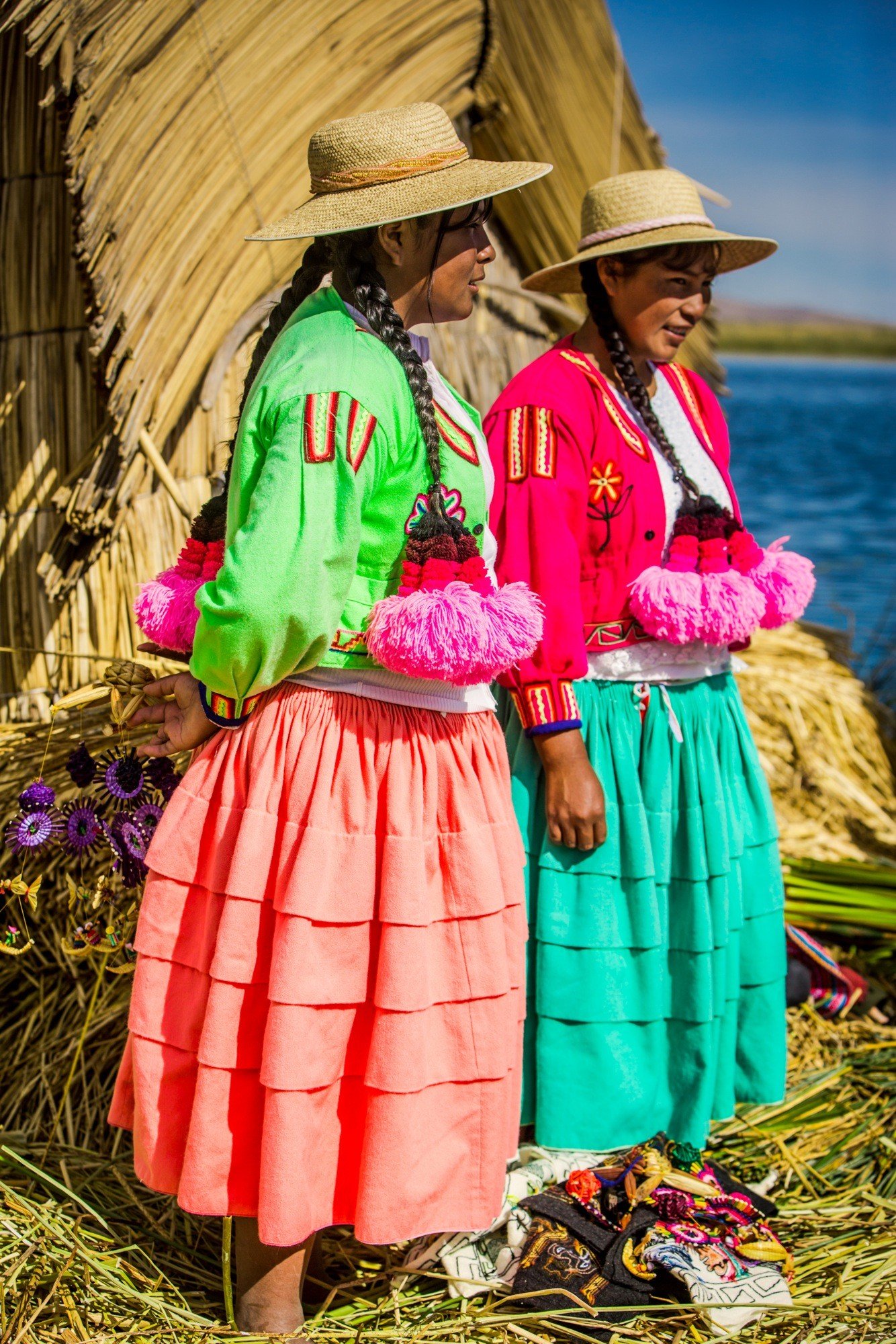
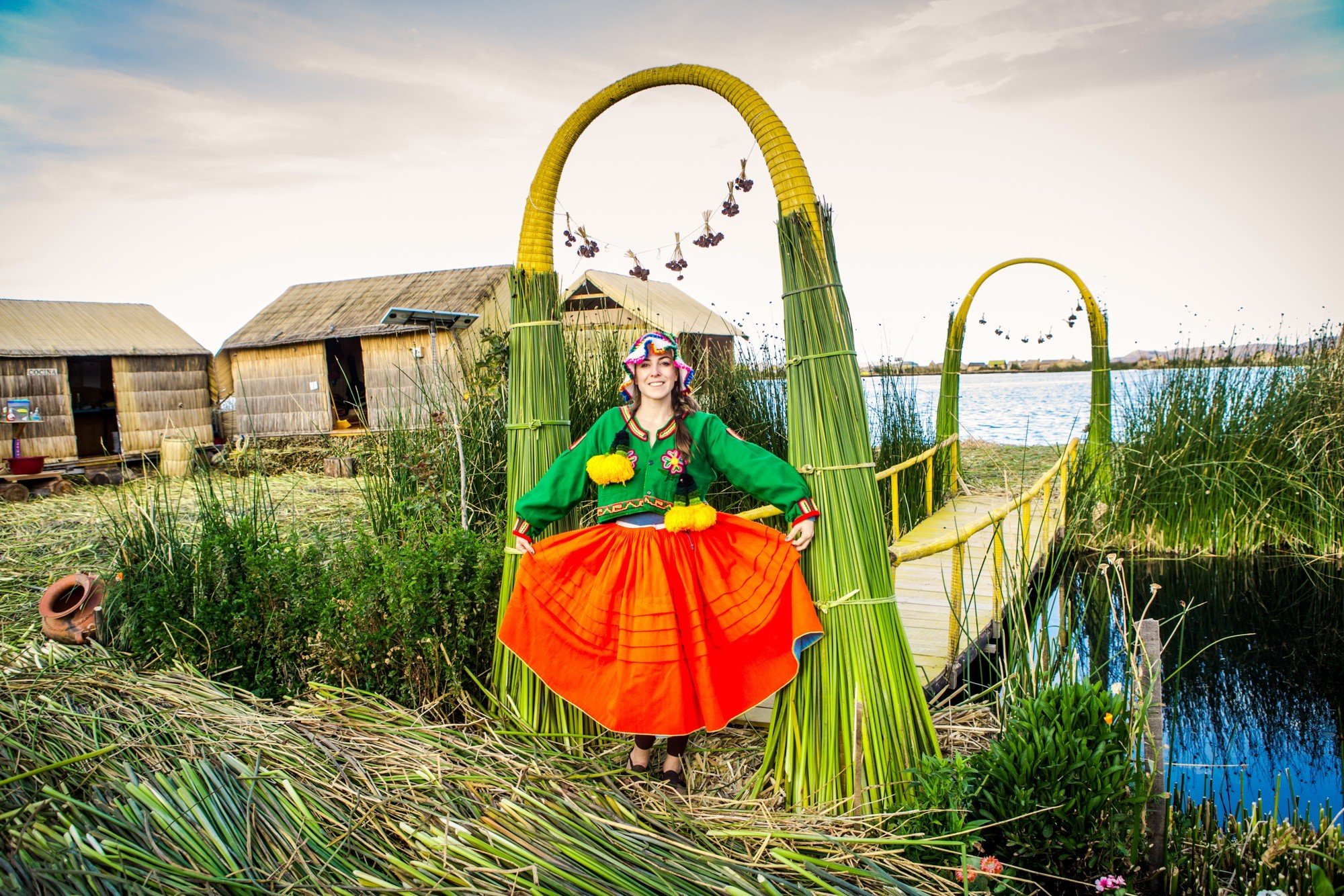
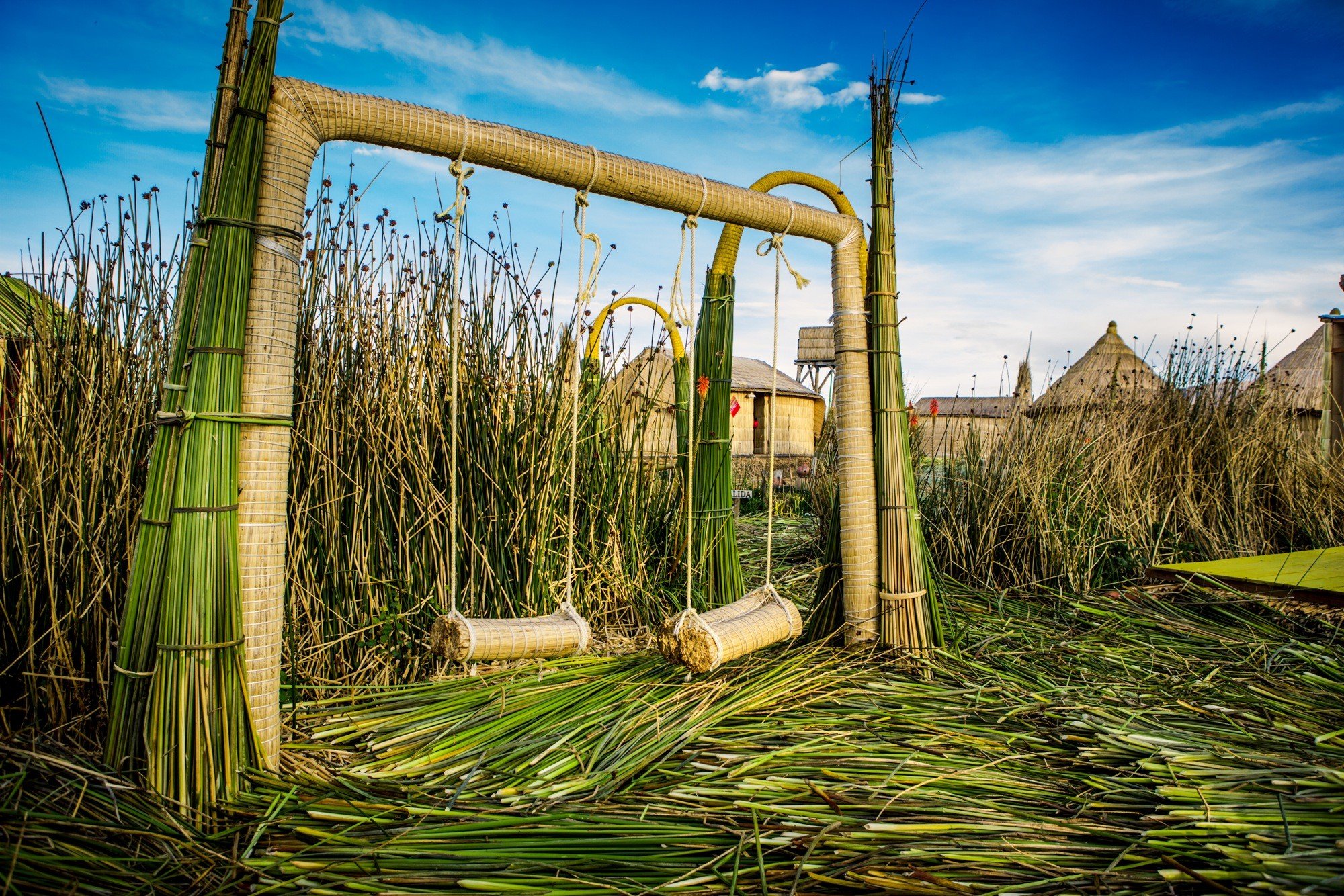
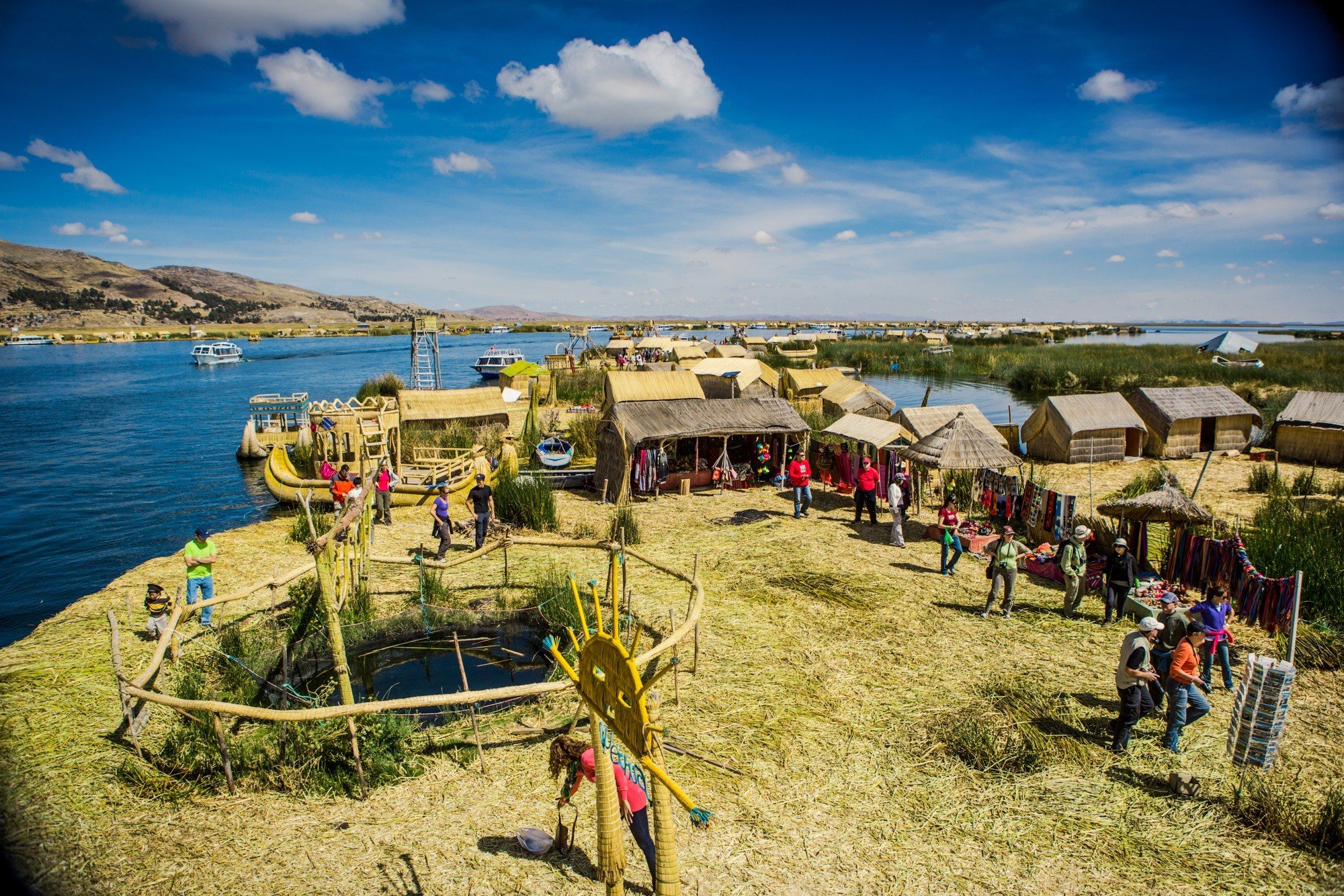
Some local Quechua people, like Victor and his family on the island of Khantati, offer a very authentic cultural experience by opening up their homes for a multiday homestay. Upon arrival, you'll be greeted warmly by local women donning intricately woven skirts and braided hair adorned with colorful pom-poms. They'll dress you in their traditional layer wool skirt and vests attire and choose a hat that signifies your status on the island. Knitted caps are for single women, while married women wear straw hats. It's a charming way to announce one's relationship status!
A tour of the island reveals the Quechua’s unique way of life. From a fully-equipped kitchen powered by solar panels to a "lounge" area with grass-made swing sets and chairs, their resourcefulness shines through. You'll also find a pond stocked with fish, separate restrooms for men and women (effectively porta-potties with holes cut through the island beneath them), and family homes. Despite their simplicity, some islands boast satellite TV and solar electricity. You might encounter a family cat or even a pet flamingo. Although the mainland with its wired electricity is within eyesight, these families still choose to continue living in the ways of their ancestors. Communication for visitors can be a challenge, as they speak an Indigenous Quechua language rooted in ancient Incan dialects and some Spanish. I found that a combination of sign language and gestures bridges the gap and also doing family portraits with my camera allowed for meaningful interactions.
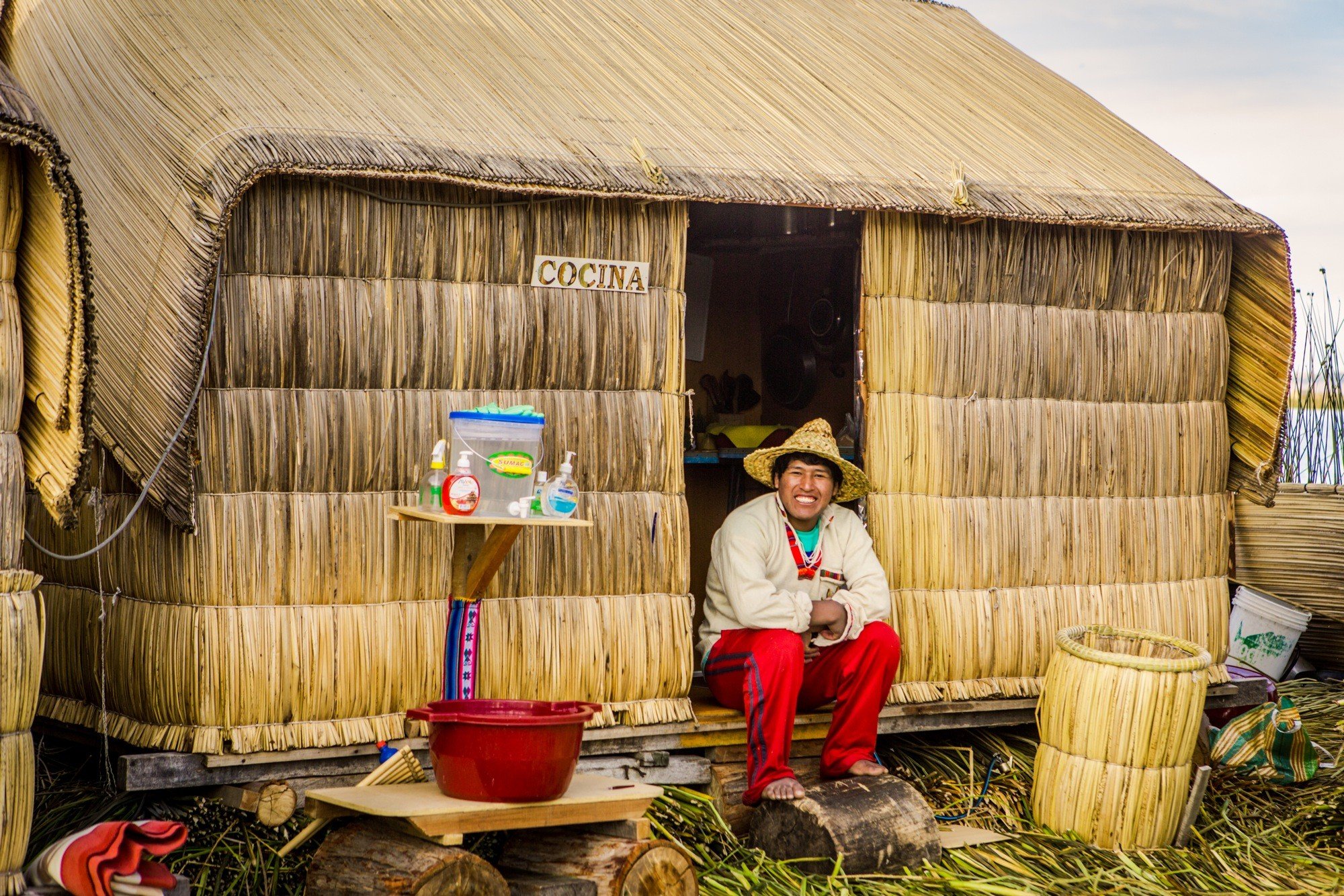
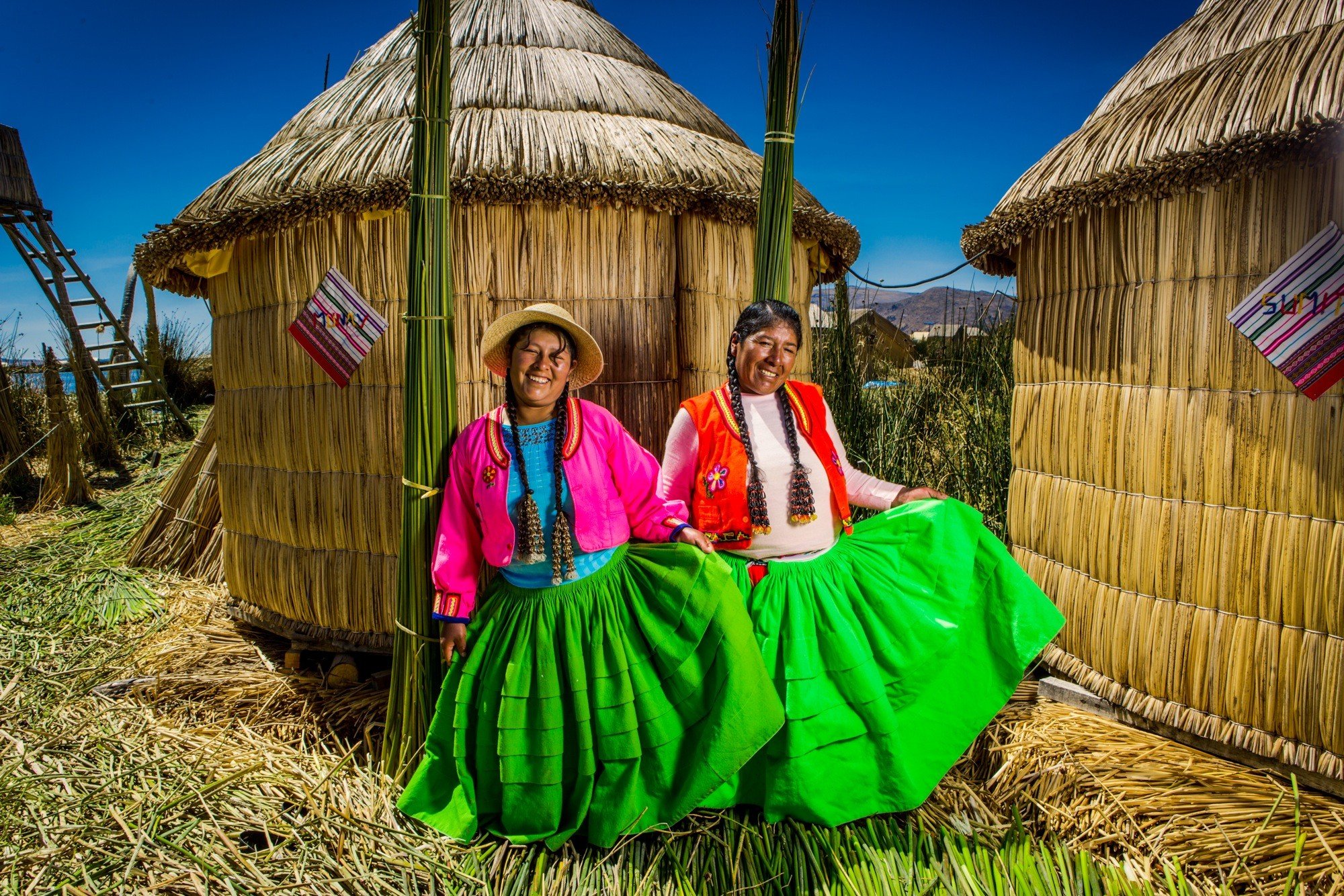
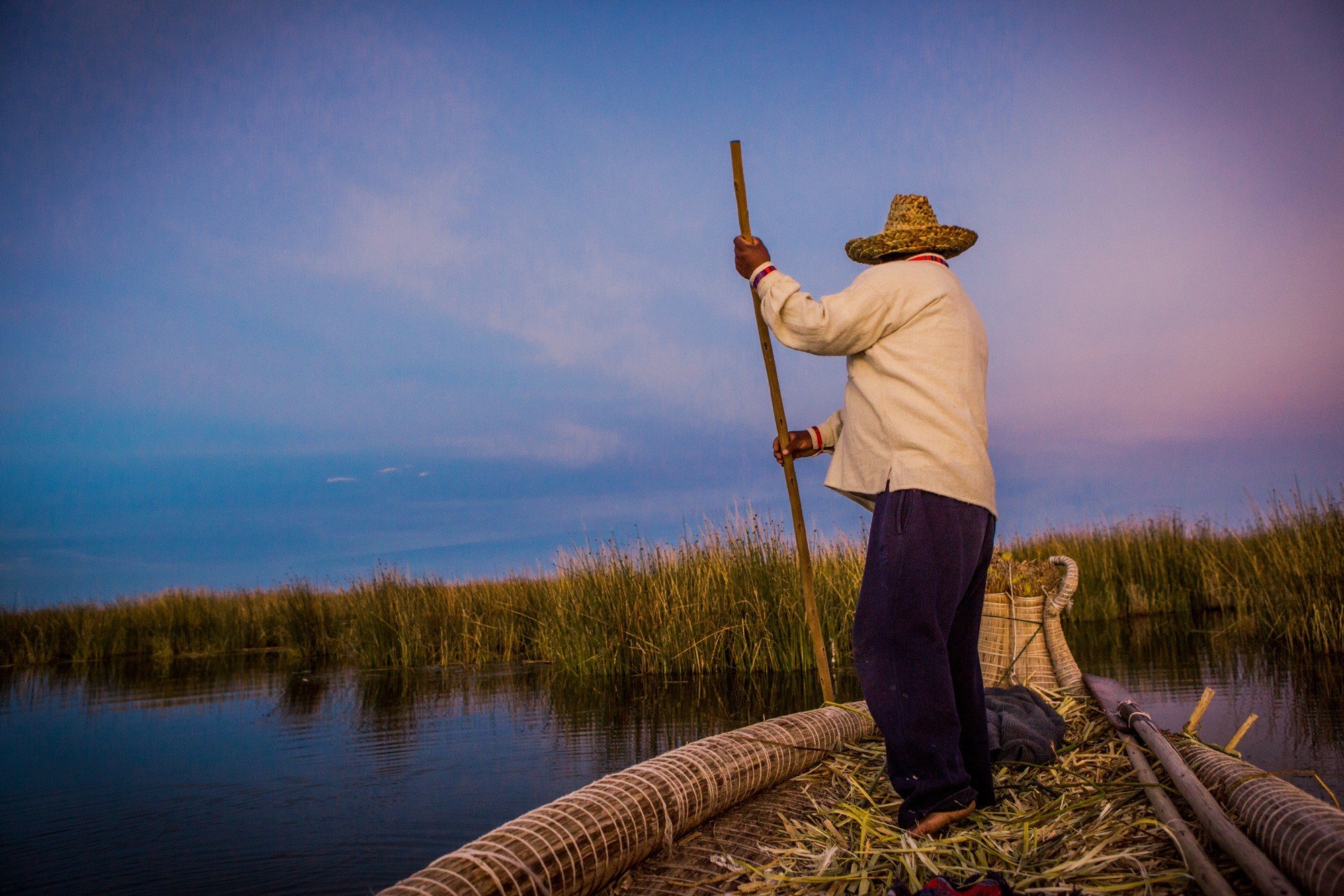
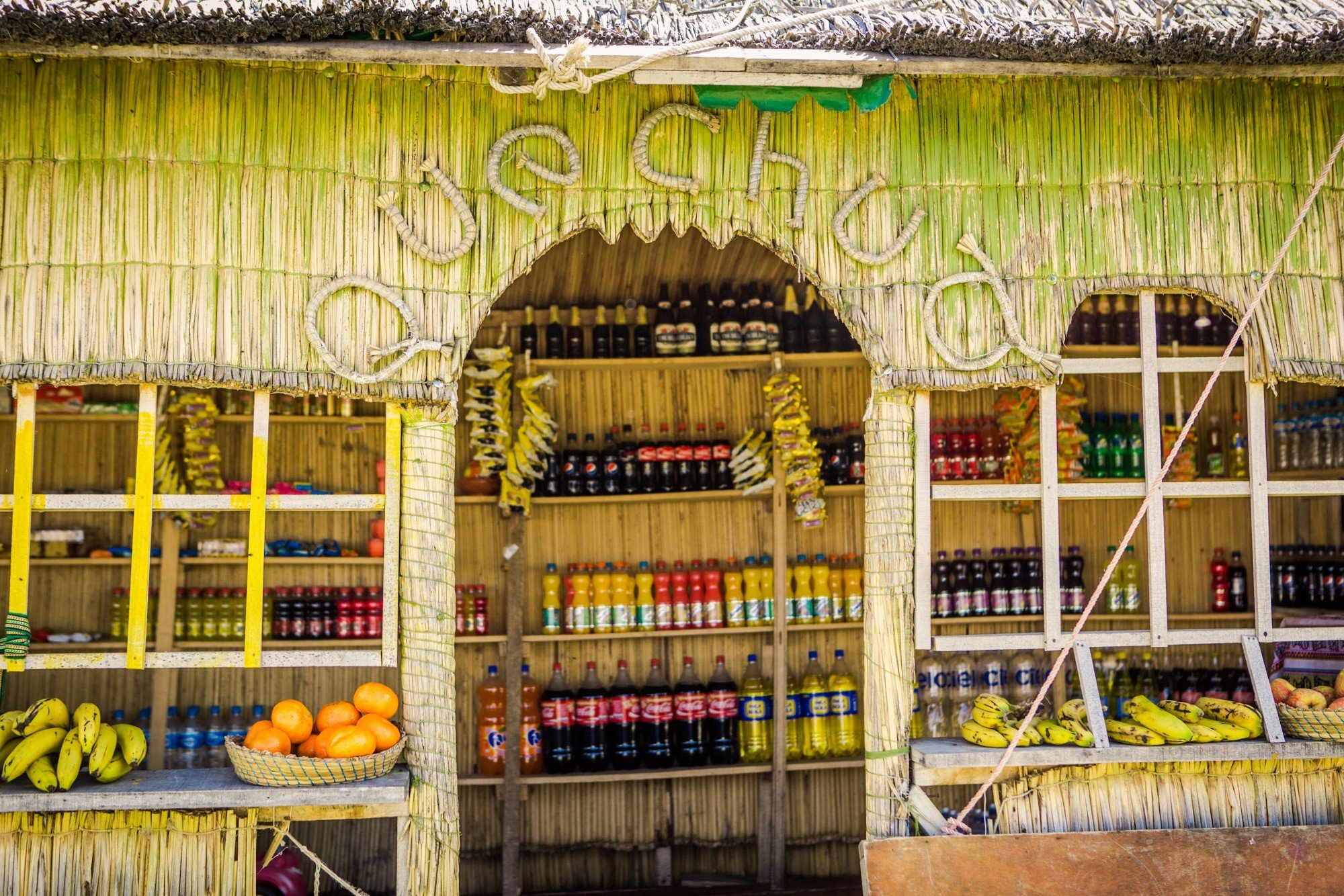
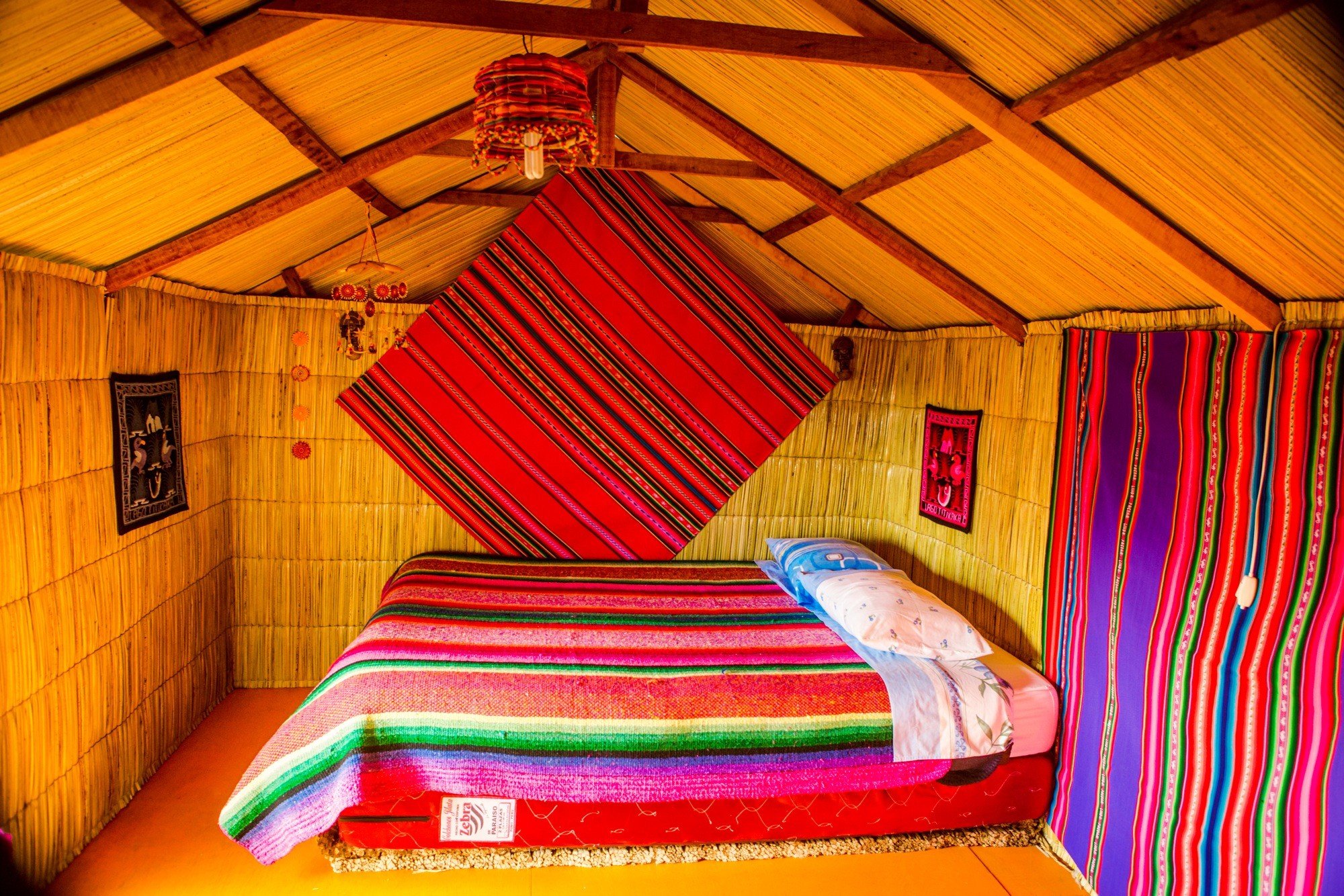
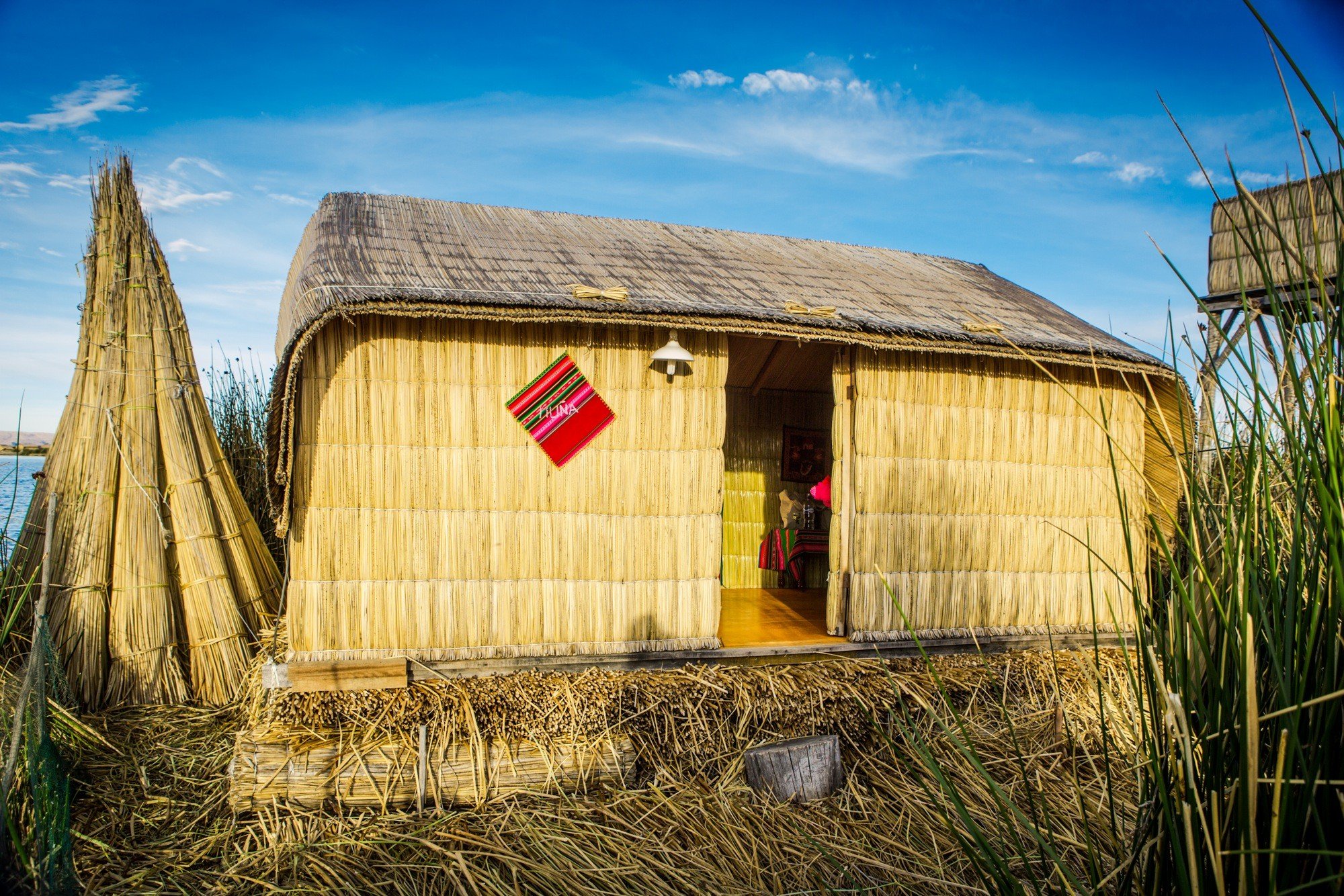
Days here are filled with observing Quechua women selling their handmade woven reed crafts to passing tourists. In the evenings, you can join a Quechua "gondolier" like Victor, the patriarch of Khantati Island, for a canoe ride in traditional garb. You'll witness firsthand how they fish and harvest reeds for their island. The boats, such as the one you're rowed in on, are handcrafted by locals and last about a year and eight months before succumbing to the elements. The constant maintenance required serves as a reminder of the islanders' connection to nature.
Life here is refreshingly simple, far removed from the trappings of modern life. Their only link to the outside world is a small floating convenience store and the occasional visit from curious tourists. This centuries-old way of life serves as a reminder that simplicity can be a choice, free from the stresses of cell phones, emails and mortgage payments.
I spent two unforgettable days floating, fishing and weaving alongside these resilient people. At night, I found comfort in a grass hut, tucked beneath woven blankets with heated water bottles. Surprisingly, this remote Andean haven felt like home and I never slept better in my life.
Laura Grier
Laura is a dynamic Adventure Photographer, Photo Anthropologist, Travel Writer, and Social Impact Entrepreneur. With a remarkable journey spanning 87 countries and 7 continents, Laura's lens captures both the breathtaking landscapes and the intricate stories of the people she encounters. As a National Geographic artisan catalog photographer, Huffington Post columnist, and founder of Andeana Hats, Laura fuses her love for photography, travel, and social change, leaving an impact on the world.


